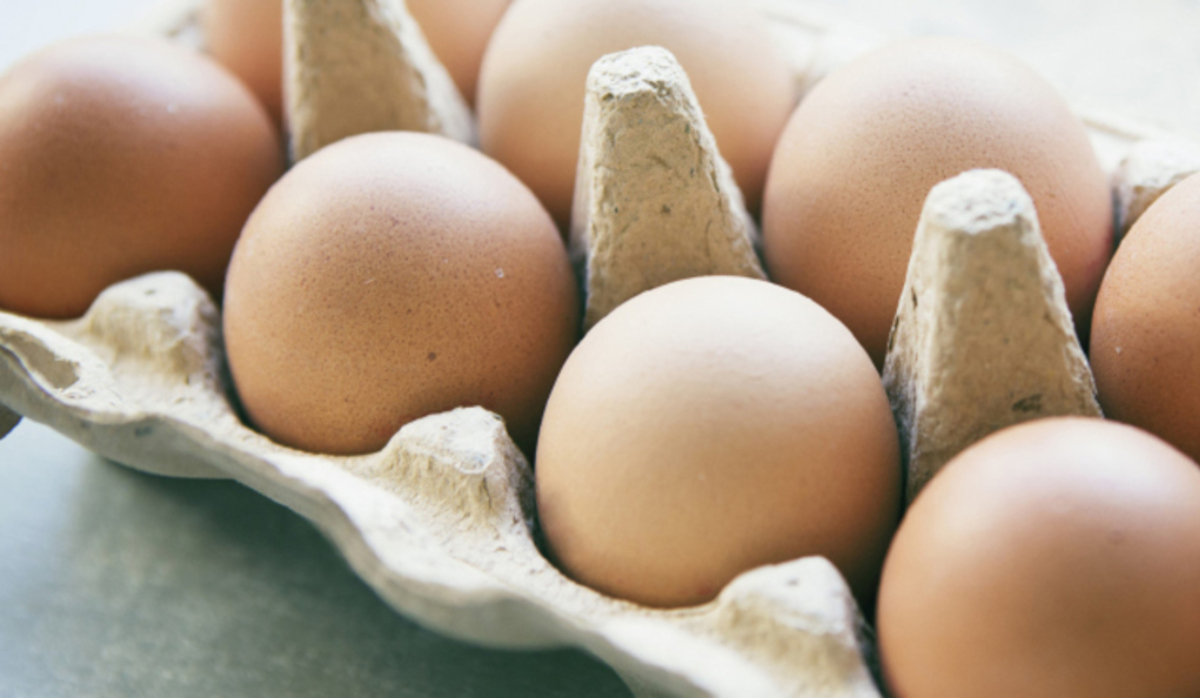

Articles
How To Store Fertile Eggs Before Incubation
Modified: October 20, 2024
Learn the best ways to store fertile eggs before incubation in this informative article. Find out how to maximize hatch rates and ensure the health of your future chicks.
(Many of the links in this article redirect to a specific reviewed product. Your purchase of these products through affiliate links helps to generate commission for Storables.com, at no extra cost. Learn more)
Introduction
Storing fertile eggs before incubation is a crucial step for successful hatching and raising of healthy chicks in poultry farming. Whether you are a commercial breeder or a backyard enthusiast, understanding the right techniques for egg storage is essential in maximizing hatch rates and ensuring the quality of the chicks.
During the process of egg storage, the eggs remain dormant, with the embryos in a state of suspended development. This allows breeders to extend the time between egg laying and incubation, giving them greater control over the hatch timing. However, it is important to create the ideal storage conditions to maintain the viability of the eggs and maximize their hatchability.
In this article, we will delve into the reasons for storing fertile eggs before incubation, the selection of the right eggs for storage, and the key factors to consider in creating optimal storage conditions. We will also discuss the importance of monitoring temperature and humidity levels, the need for proper egg turning during storage, and how to check egg fertility before incubation. By following these guidelines, you can ensure the best possible outcome when it comes to hatching fertile eggs.
Key Takeaways:
- Optimal storage conditions, egg selection, and regular turning are crucial for maintaining fertile egg viability. Proper storage ensures successful hatching and healthy chick development in poultry farming.
- Storing fertile eggs before incubation offers breeders flexibility, genetic preservation, and year-round breeding. Understanding the importance of storage practices maximizes hatch rates and breeding program success.
Read more: How To Store Fertilized Eggs
Why Store Fertile Eggs Before Incubation?
There are several reasons why storing fertile eggs before incubation is necessary for successful hatching and chick development. Here are some key reasons for this practice:
- Timing and planning: Storing fertile eggs allows breeders to have better control over the timing of hatch. This can be particularly useful for commercial breeders who need to coordinate hatches with market demands or specific breeding programs. By storing eggs, breeders can delay the start of incubation and ensure they have a consistent supply of chicks when needed.
- Year-round breeding: Storing eggs enables breeders to maintain a steady supply of chicks throughout the year, regardless of seasonal variations in egg production. This is especially important for breeders in regions with extreme climates where natural egg production may decline during certain seasons. By storing fertile eggs, breeders can overcome these limitations and maintain a continuous breeding program.
- Genetic preservation: Storing fertile eggs allows breeders to preserve the genetics of their best breeding stock. Instead of relying on continuous mating of specific individuals, breeders can collect and store eggs from their most desirable birds. This helps maintain genetic diversity within the flock and preserves valuable traits for future generations.
- Flexibility in incubation: Storing fertile eggs gives breeders more flexibility in managing their incubation facilities. It allows them to incubate batches of eggs at different times, depending on factors such as available space, resources, or desired hatch dates. This flexibility can optimize hatchery operations and improve overall efficiency.
- Egg transportation: Storing fertile eggs before incubation allows breeders to transport them over longer distances. This is particularly relevant for breeders who need to ship eggs to other locations or buyers. By properly storing the eggs, breeders can ensure their viability during transportation, increasing the chances of successful hatching.
Overall, storing fertile eggs before incubation offers numerous benefits, including improved timing and planning, year-round breeding, genetic preservation, flexibility in incubation, and safe transportation. By understanding the importance of this practice, breeders can effectively manage their breeding programs and maximize the success of their hatches.
Selecting the Right Eggs for Storage
When it comes to storing fertile eggs before incubation, selecting the right eggs is crucial for ensuring optimal hatch rates and healthy chick development. Here are some key considerations when choosing eggs for storage:
- Freshness: It is essential to select fresh eggs for storage. Fresh eggs have a higher chance of hatching successfully compared to older eggs. Ideally, eggs should be collected within a day or two from the hen. Avoid storing eggs that are more than seven days old, as their viability decreases significantly over time.
- Size and shape: Select eggs that have a consistent size and shape. Eggs that are abnormally small or large may have developmental issues and may not hatch successfully. Choose eggs with normal proportions and avoid unusually shaped or deformities.
- Shell quality: Inspect the shell of the eggs for any cracks, deformities, or shell abnormalities. Eggs with compromised shells are more prone to contamination and may have a lower chance of successful hatching. Select eggs with clean, intact, and smooth shells.
- Egg weight: It is recommended to choose eggs that have an optimal weight for their size. Eggs that are too light or too heavy may indicate problems with the internal structure or composition. Aim for eggs with a weight that falls within the standard range for the breed of poultry you are working with.
- Breeding stock: Take into consideration the quality of the breeding stock when selecting eggs for storage. Choose eggs from healthy, well-nourished birds that exhibit desirable traits and characteristics. Avoid using eggs from birds with known health issues or poor genetic traits.
- Handling: Proper handling of the eggs is crucial to maintain their viability during storage. Handle the eggs gently, ensuring minimal movement and avoiding any rough handling that could damage the delicate embryos. Wash and sanitize your hands before collecting the eggs to avoid introducing any harmful bacteria or contaminants.
By carefully selecting the right eggs for storage, you can improve the chances of successful hatching and raise healthy chicks. Remember to prioritize freshness, size, shape, shell quality, egg weight, breeding stock quality, and proper handling when choosing eggs for storage. These considerations will contribute to a higher rate of viable eggs and increase the overall success of your incubation process.
Creating the Ideal Storage Conditions
Creating the ideal storage conditions for fertile eggs is crucial in maintaining their viability and maximizing hatch rates. Here are the key factors to consider when setting up the storage environment:
- Temperature: Eggs should be stored at a consistent temperature between 50°F (10°C) and 60°F (15.5°C). Avoid extreme temperature fluctuations, as this can negatively affect the embryos’ development. Store the eggs in a cool room or cellar away from direct sunlight or sources of heat.
- Humidity: Relative humidity levels between 75% and 80% are ideal for egg storage. This helps prevent excessive moisture loss from the eggs, which can lead to dehydration and compromised hatch rates. Monitor the humidity levels using a hygrometer and make adjustments as needed.
- Ventilation: Proper ventilation is necessary to maintain fresh air circulation in the storage area. This helps prevent the build-up of carbon dioxide and other harmful gases that can negatively affect the eggs’ development. Ensure that the storage area has adequate airflow without direct drafts blowing directly on the eggs.
- Lighting: Eggs do not require specific lighting during storage. In fact, exposure to prolonged or direct sunlight can increase the temperature and hinder the embryos’ development. Keep the storage area dimly lit or shielded from direct light to maintain optimal conditions.
- Storage container: Choose the right storage container for your fertile eggs. Cardboard egg flats or incubation trays are commonly used, as they provide proper air circulation and cushioning to prevent the eggs from rolling and cracking. Ensure the containers are clean and sanitized before use.
- Egg positioning: Store the eggs with the pointed end slightly down or in a horizontal position. This helps keep the air cell in the right position and prevents the embryo from adhering to the shell membrane. Avoid storing the eggs with the pointed end facing upwards, as it can disrupt the development process.
- Record-keeping: Maintain a record of the eggs’ storage details, including the date of collection, breed information, and any observations. This information can be useful when monitoring the eggs’ progress over time and determining their viability for incubation.
By creating the ideal storage conditions, you can enhance the eggs’ viability and improve hatch rates. It is important to monitor temperature, humidity, ventilation, lighting, and egg positioning throughout the storage period. With proper storage practices, you can ensure the best possible start for your fertile eggs and increase the chances of successful hatching.
Temperature Requirements for Storing Fertile Eggs
The temperature at which you store fertile eggs plays a critical role in maintaining their viability and ensuring successful hatching. Here are the key temperature requirements to consider when storing fertile eggs:
Consistent Temperature: Fertile eggs should be stored at a consistent temperature between 50°F (10°C) and 60°F (15.5°C). Fluctuations in temperature can disrupt the embryos’ development and reduce hatch rates. It is essential to keep the storage temperature stable throughout the entire storage period.
Avoid Extreme Temperatures: It is important to avoid storing fertile eggs at temperatures below 50°F (10°C) or above 60°F (15.5°C). Extremely low temperatures can lead to chilling and damage the embryos, while high temperatures can accelerate the development process, resulting in premature development or poor hatchability.
Cool and Shaded Storage Area: Choose a cool and shaded storage area for the eggs. Direct sunlight or exposure to heat sources can raise the temperature inside the storage container, affecting the eggs’ viability. A cellar, cool room, or dedicated refrigeration unit can provide an ideal storage environment, protecting the eggs from temperature fluctuations and excessive heat exposure.
Temperature Monitoring: Regularly monitor the temperature inside the storage area using a reliable thermometer. This allows you to ensure that the desired temperature range is maintained. If necessary, make adjustments to the storage location or use temperature control devices, such as a thermostatically controlled refrigerator or a cooling unit.
Transitioning Eggs to Incubator: When transitioning the eggs from storage to the incubator, it is essential to allow them to reach room temperature gradually. Sudden temperature changes can shock the embryos and adversely affect their development. Let the eggs rest at room temperature for a few hours before placing them in the incubator.
Record-keeping: Keep detailed records of the storage temperature, including daily monitoring, any fluctuations, and adjustments made. This information will help you identify any issues with temperature stability and enable better management of future storage batches.
By strictly adhering to the temperature requirements for storing fertile eggs, you can ensure the optimal conditions for embryo development and increase the likelihood of successful hatching. A consistently cool and stable temperature, coupled with proper monitoring and record-keeping, will contribute to higher hatch rates and healthier chicks.
Store fertile eggs for incubation in a cool, humid environment, ideally at 55-60°F and 75% humidity. Turn the eggs daily to prevent the yolk from sticking to the membrane. Avoid washing or refrigerating the eggs.
Read more: How To Store Fertilized Eggs For Eating
Humidity Requirements for Storing Fertile Eggs
Proper humidity levels are crucial for maintaining the viability of fertile eggs during storage. Here are the key humidity requirements to consider when storing fertile eggs:
Relative Humidity: Fertile eggs should be stored in an environment with a relative humidity level between 75% and 80%. This range helps prevent excessive moisture loss from the eggs, which can lead to dehydration and decrease hatchability. Maintaining the correct humidity level is essential for preserving the eggs’ quality and the health of the developing embryos.
Monitoring Humidity: Regularly monitor the humidity levels in the storage area using a hygrometer. Place the hygrometer near the eggs to get an accurate reading of the relative humidity. Make adjustments as needed to maintain the desired humidity range. It is important to note that different breeds may have slightly different humidity requirements, so be aware of any specific recommendations for the type of poultry you are working with.
Adding Moisture: If the humidity level in the storage area falls below the desired range, you can add moisture to increase it. One simple method is to place a shallow tray or container filled with water inside the storage area. As the water evaporates, it will help raise the humidity level. Additionally, you can use a humidifier or misting device to introduce moisture into the air. Be cautious not to oversaturate the environment, as excessively high humidity levels can lead to fungal growth and negatively affect embryo development.
Avoiding Condensation: While maintaining proper humidity is important, it is equally crucial to prevent condensation from forming on the eggs’ shells. Excessive condensation can create a breeding ground for bacteria and increase the risk of contamination. To avoid condensation, ensure proper ventilation in the storage area, allowing for adequate air circulation. If condensation does form on the shells, gently blot it away with a paper towel to prevent it from negatively impacting the eggs.
Record-keeping: Keep a record of the humidity levels in the storage area, including daily measurements and any adjustments made. This record will help you track the humidity conditions over time and identify any trends or issues that may arise. It can also be a valuable resource for future storage batches, allowing you to fine-tune your humidity management techniques.
By maintaining the proper humidity levels during the storage of fertile eggs, you can ensure the optimal conditions for embryo development and maximize hatch rates. Regular monitoring, appropriate moisture management, and careful record-keeping are essential in creating a favorable environment for the eggs, ultimately leading to the successful hatching of healthy chicks.
Egg Turning During Storage
Egg turning plays a crucial role in maintaining the viability and improving the hatchability of fertile eggs during storage. While turning is typically associated with incubation, it can also be beneficial during the storage period. Here are the key aspects to consider regarding egg turning during storage:
Importance of Egg Turning: Turning the eggs during storage helps prevent the embryo from sticking to the inner shell membrane and allows for even distribution of nutrients and gases inside the egg. This mimics the natural movement the eggs would experience when incubated by a broody hen.
Frequency of Turning: During storage, it is recommended to turn the eggs at least once or twice a day. This can be done by gently rolling or tilting the eggs, ensuring that each egg is rotated 180 degrees. This frequency of turning helps maintain the proper orientation of the embryo, prevents adhesion, and improves overall embryo development.
Turning Method: When turning the eggs, it is important to handle them with care to avoid damaging the delicate embryos. Use your hands or a gentle rolling motion to rotate the eggs. Avoid shaking or jostling them, as this can lead to excessive movement, potential damage, or disruption of the embryo’s positioning.
Positioning and Marking: To keep track of the turning process, you can mark one side of the eggs with an “X” and the other side with an “O.” This helps ensure that you are turning the eggs consistently and in the correct direction. You can also use an egg turning tray or carton specifically designed for storage to simplify the process.
Incubation-Like Environment: To provide an incubation-like environment during storage, consider using an egg turning device specifically designed for storage. These devices gently rock or tilt the eggs at regular intervals, mimicking the movement experienced during incubation. They maintain a consistent turning schedule even when you are unable to manually turn the eggs throughout the day.
Transitioning to Incubation: When you are ready to transfer the eggs from storage to the incubator, ensure that they are properly positioned and oriented for consistent turning during incubation. This helps maintain the embryos’ health and provides optimal conditions for successful hatching.
By incorporating regular egg turning during the storage period, you can enhance the viability and hatchability of fertile eggs. Proper egg turning mimics the natural incubation process, preventing adhesion and maintaining embryo health. Whether you choose to manually turn the eggs or use an automated turning device, consistent turning will contribute to improved hatch rates and the development of healthy chicks.
Checking Egg Fertility Before Incubation
Before placing eggs into the incubator, it is important to determine their fertility. Checking the fertility of eggs helps ensure that only viable eggs are included in the incubation process, increasing the chances of successful hatching. Here are the key methods for checking egg fertility before incubation:
Candling: Candling is a commonly used method to assess egg fertility. It involves shining a bright light source through the egg to reveal the embryo’s development. Fertile eggs typically show clear signs of development, such as the presence of veins, darkening of the egg mass, or movement. Infertile eggs, on the other hand, appear clear or have a cloudy appearance with no discernible signs of growth.
Incubation Test: The incubation test involves placing a small number of eggs in a separate incubator or a warm, controlled environment to determine their fertility. Monitor these eggs closely over a few days to observe any signs of development, such as pip marks, hatching, or embryo movement. This method provides a more accurate assessment as it allows for the eggs to undergo partial incubation and gives a better indication of their fertility status.
Air Cell Inspection: Eggs with a developed air cell are more likely to be fertile. Inspect the air cells at the blunt end of the egg by holding the egg up to a strong light source. Fertile eggs usually have a prominent air cell, while infertile eggs may have smaller or underdeveloped air cells.
Blood Spot Examination: Blood spots or small, red specks found on the egg yolk can indicate fertility. While not all blood spots are a clear indication of embryo development, they can provide some insight into the overall fertility of the eggs. However, it is important to note that blood spots can also occur in infertile eggs due to other factors, such as minor blood vessel ruptures during egg formation.
Cracking Open: In some cases, if there is doubt about the fertility of an egg, cracking it open can provide a definitive answer. A fertilized egg will show signs of embryo development, including the presence of a distinct embryo, blood vessels, or a partially formed chick. However, this method should be used as a last resort, as it renders the egg unusable for incubation.
Record-keeping: Maintain detailed records of the fertility assessments, including the date, the number of eggs assessed, and the results. This information is valuable for future reference and helps track the fertility rates of your breeding stock over time.
By checking egg fertility before incubation, you can ensure that only viable eggs are being incubated, saving time, effort, and resources. Whether you use candling, the incubation test, air cell inspection, blood spot examination, or a combination of methods, regular fertility checks will improve the chances of successful hatching and increase the overall productivity of your breeding program.
Tips for Successful Storage of Fertile Eggs
Proper storage of fertile eggs is crucial to maintain their viability and maximize hatch rates. Here are some key tips for successful storage of fertile eggs:
- Collect eggs frequently: Collect eggs from the nest boxes or laying area frequently, ideally once or twice a day. Fresh eggs have a higher chance of successful hatching, so it is important to minimize the time between laying and storage.
- Handle eggs with care: Handle eggs gently to avoid damaging the delicate embryos. Rough handling or dropping the eggs can cause physical injuries that may affect hatchability. Always hold the eggs with clean and sanitized hands to minimize the risk of introducing harmful bacteria.
- Store fresh eggs: Ideally, store eggs that are less than seven days old. As eggs age, their viability decreases, and hatch rates may be compromised. If possible, prioritize the use of the freshest eggs for storage to maximize the chances of successful hatching.
- Create consistent temperature: Ensure that the storage area maintains a consistent temperature between 50°F (10°C) and 60°F (15.5°C). Fluctuations in temperature can negatively impact embryo development. Avoid storing eggs in areas prone to extreme temperature changes or direct sunlight.
- Maintain proper humidity: Keep the relative humidity level between 75% and 80% in the storage area. This range helps prevent excessive moisture loss from the eggs, which can lead to dehydration and reduce hatchability. Regularly monitor humidity levels and make adjustments as needed.
- Turn eggs regularly: Turn the eggs at least once or twice a day to prevent the embryo from sticking to the inner shell membrane. Gently roll or tilt the eggs to ensure they are rotated 180 degrees. Consistent turning mimics the natural movement the eggs would experience during incubation.
- Avoid jostling or shaking: Handle the eggs carefully during turning to prevent excessive movement. Avoid shaking or jostling the eggs, as this can disrupt the positioning of the embryos and potentially damage them.
- Ensure proper ventilation: Proper ventilation is key to maintain fresh air circulation in the storage area. It helps prevent the build-up of harmful gases and ensures a healthy environment for the eggs. However, avoid direct drafts that may directly hit the eggs.
- Inspect and cull damaged eggs: Regularly inspect the eggs for any cracks, deformities, or abnormalities during storage. Remove any damaged or visibly unhealthy eggs from the storage batch, as they may negatively impact the development of neighboring eggs.
- Record-keeping: Keep a detailed record of the storage conditions, including temperature, humidity levels, turning schedules, and observations. This allows you to track the progress of each batch and identify any patterns or issues that may arise.
- Transition carefully to incubation: When transferring the eggs from storage to the incubator, allow them to gradually adjust to room temperature before placing them in the incubator. This helps minimize temperature shock to the embryos and ensures a smooth transition.
By following these tips, you can increase the chances of successful hatching and the development of healthy chicks. Proper egg collection, handling, storage conditions, turning, and careful transitioning to the incubator are all essential steps in maintaining the viability of fertile eggs and maximizing the outcomes of your breeding efforts.
Conclusion
Storing fertile eggs before incubation is a critical step in poultry farming that can significantly impact hatch rates and the overall success of breeding programs. With the right knowledge and practices, breeders can create optimal storage conditions, select the most suitable eggs, and ensure their viability until they are ready for incubation.
By understanding the reasons for storing fertile eggs, breeders can take control of breeding schedules, maintain year-round production, preserve valuable genetics, and enhance operational efficiency. Additionally, proper storage methods enable breeders to transport eggs over long distances while maintaining their viability.
Key considerations, such as selecting fresh and high-quality eggs, maintaining optimal temperature and humidity levels, regular egg turning, and checking fertility before incubation, are vital for successful storage and subsequent hatching. Implementing these practices helps maintain embryonic health, prevent deformities, and maximize hatchability.
Record-keeping throughout the storage period allows breeders to track fertility rates, identify trends, and make informed decisions for future breeding programs. By carefully monitoring and adjusting storage conditions, breeders can optimize hatchability and have a higher chance of producing healthy chicks.
In conclusion, storing fertile eggs before incubation is a crucial aspect of poultry breeding. By following the guidelines and tips outlined in this article, breeders can improve the viability and hatchability of their eggs, leading to successful hatching and the development of healthy chicks. With proper storage practices, breeders can maximize the productivity of their breeding programs and achieve their desired goals in poultry production.
Frequently Asked Questions about How To Store Fertile Eggs Before Incubation
Was this page helpful?
At Storables.com, we guarantee accurate and reliable information. Our content, validated by Expert Board Contributors, is crafted following stringent Editorial Policies. We're committed to providing you with well-researched, expert-backed insights for all your informational needs.
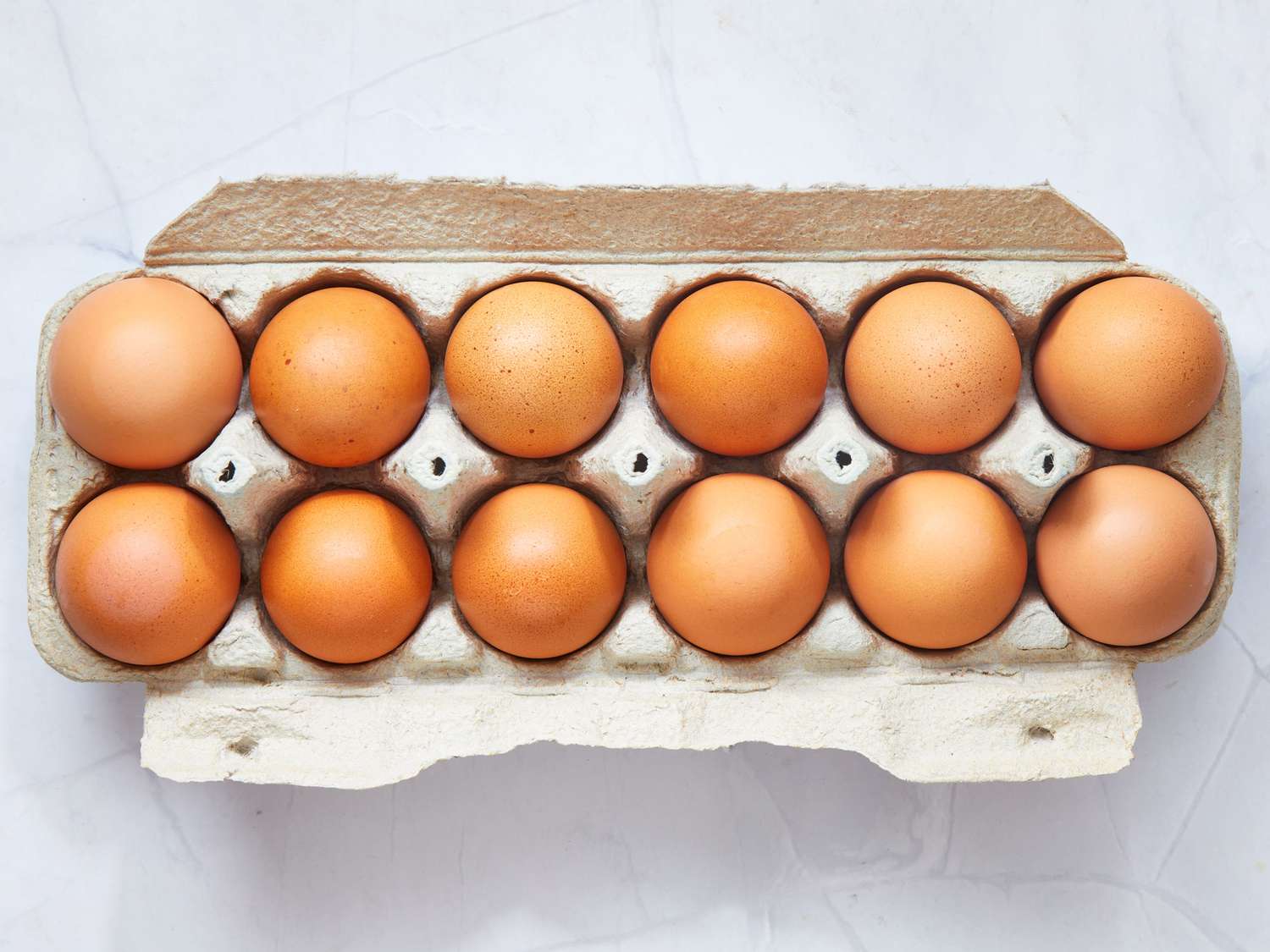
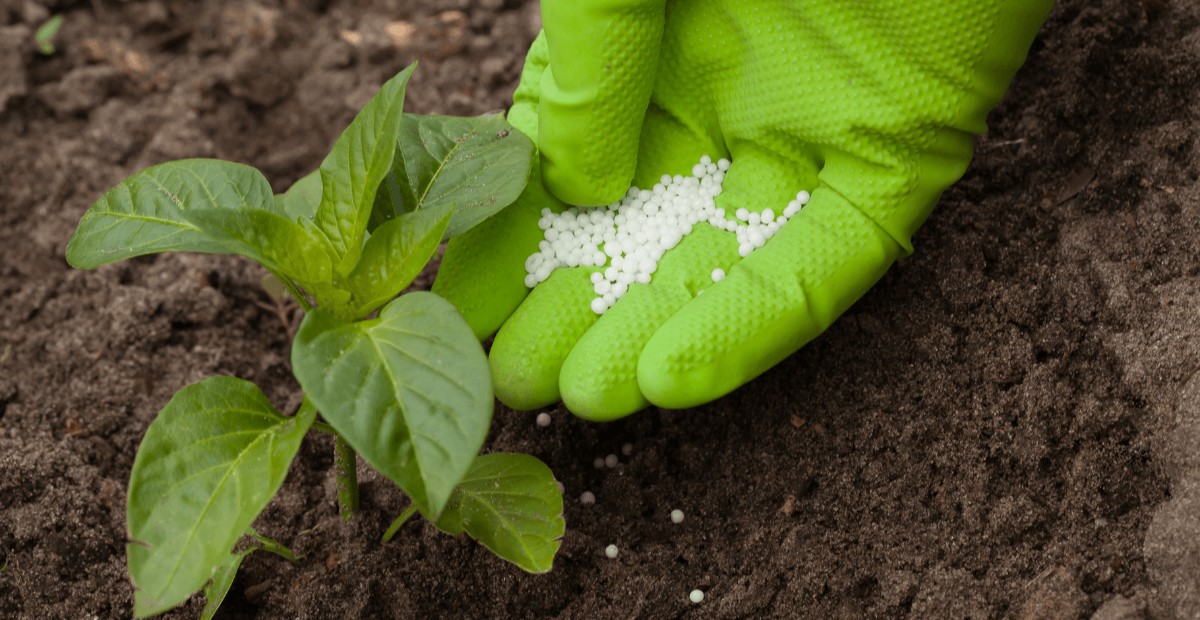
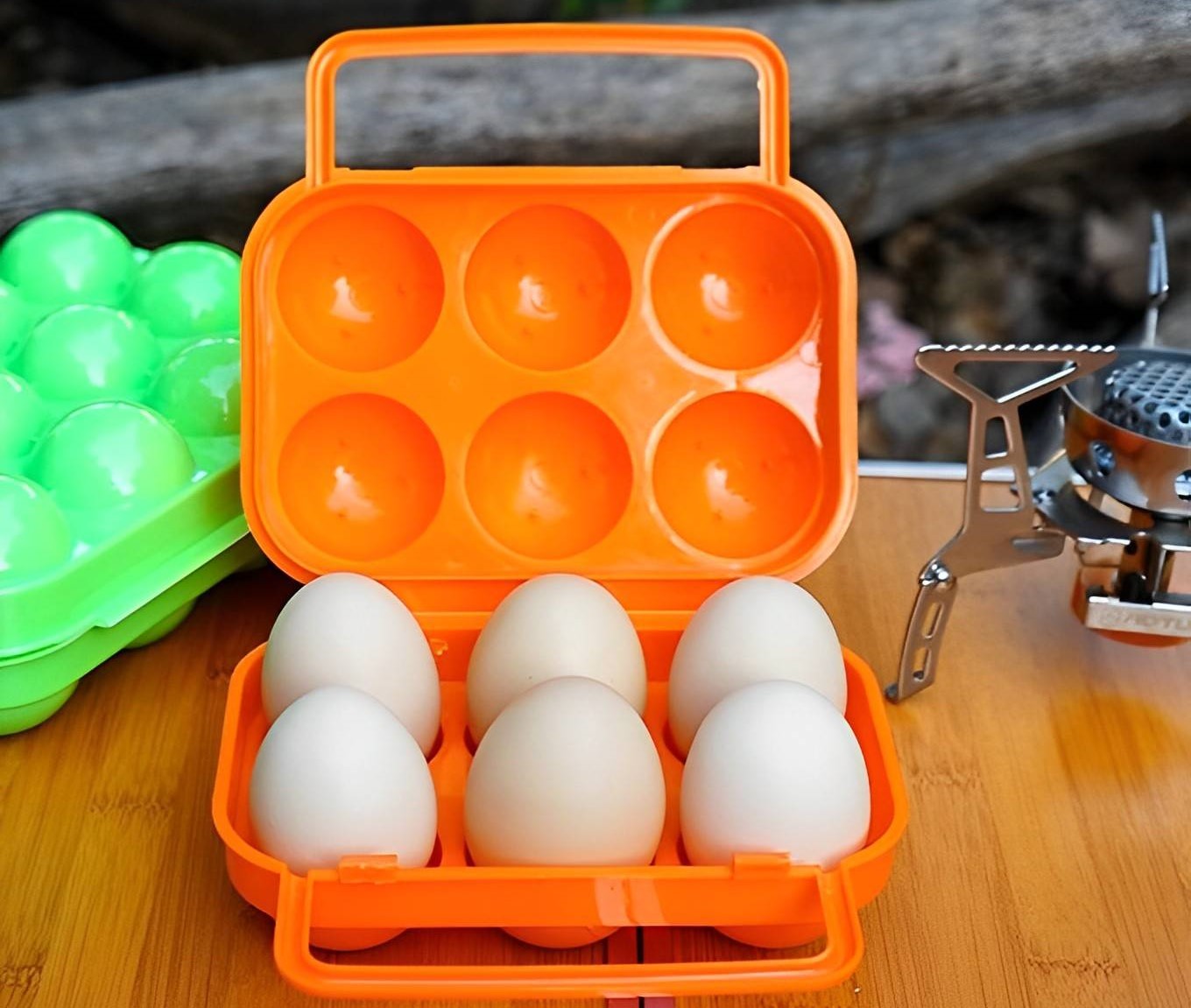

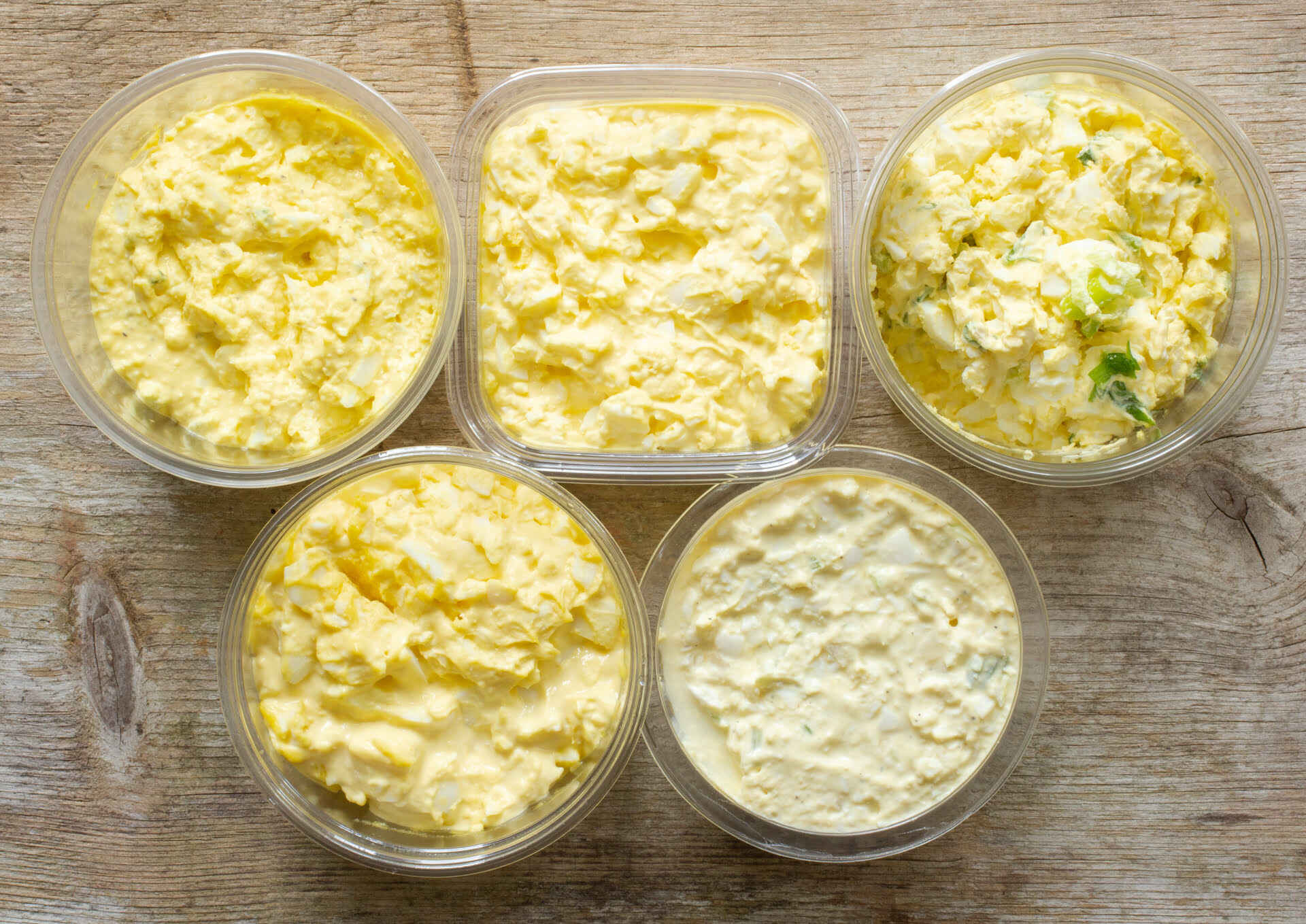
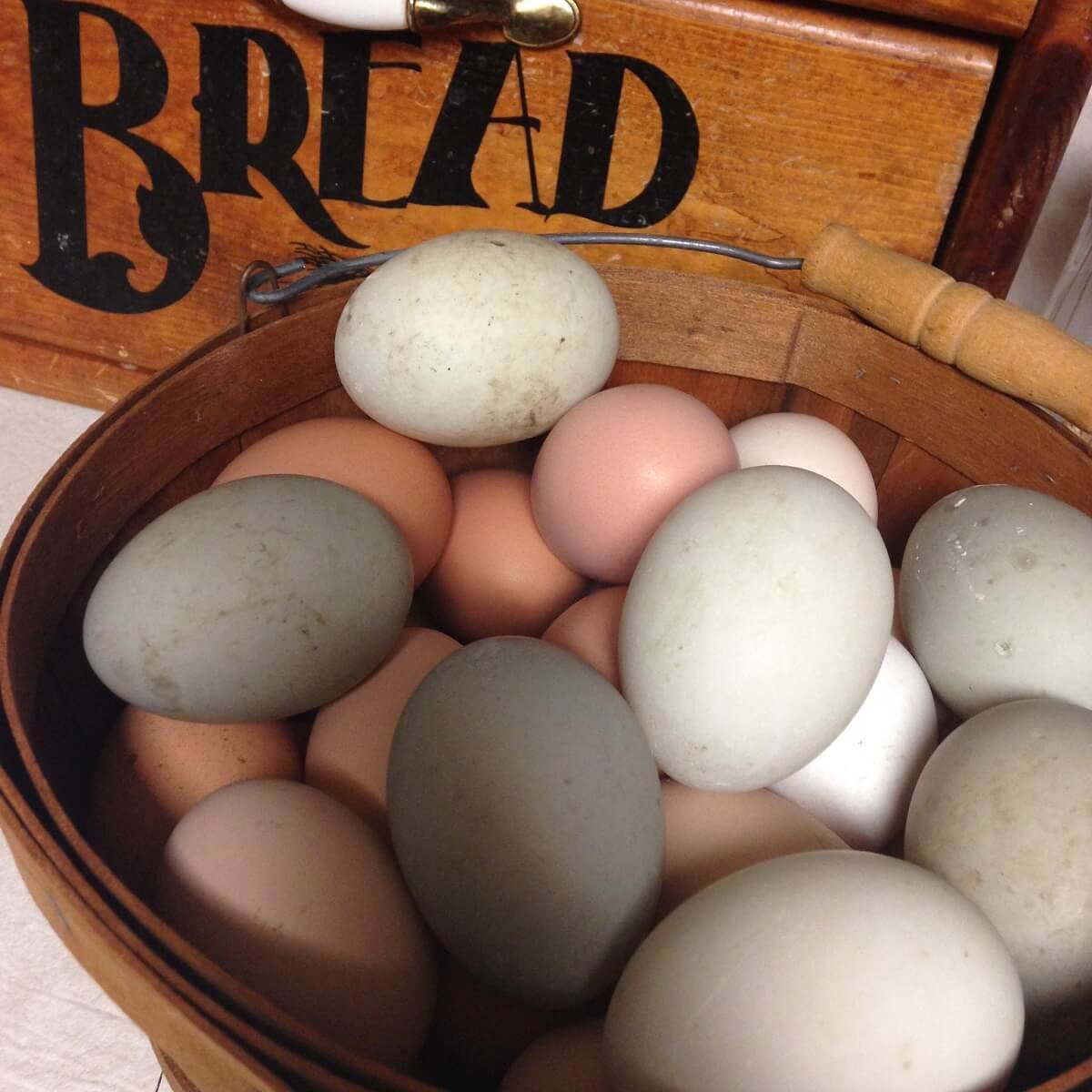

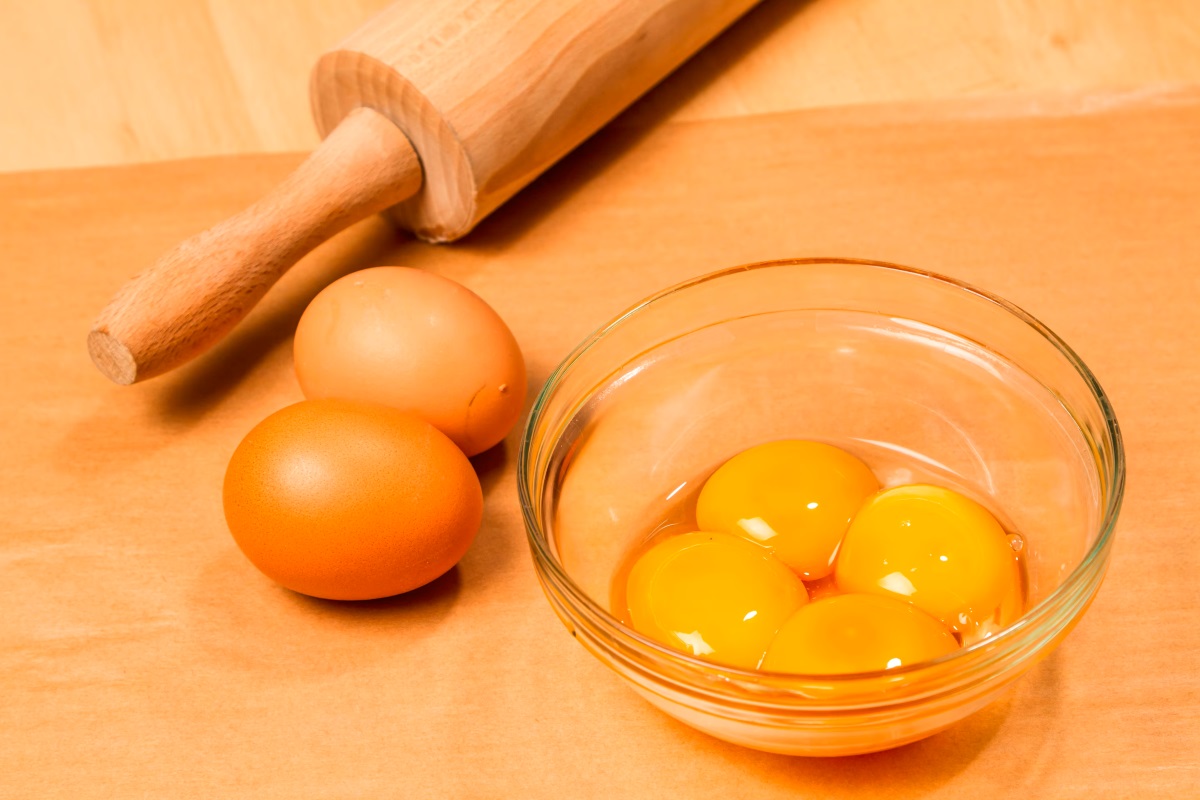
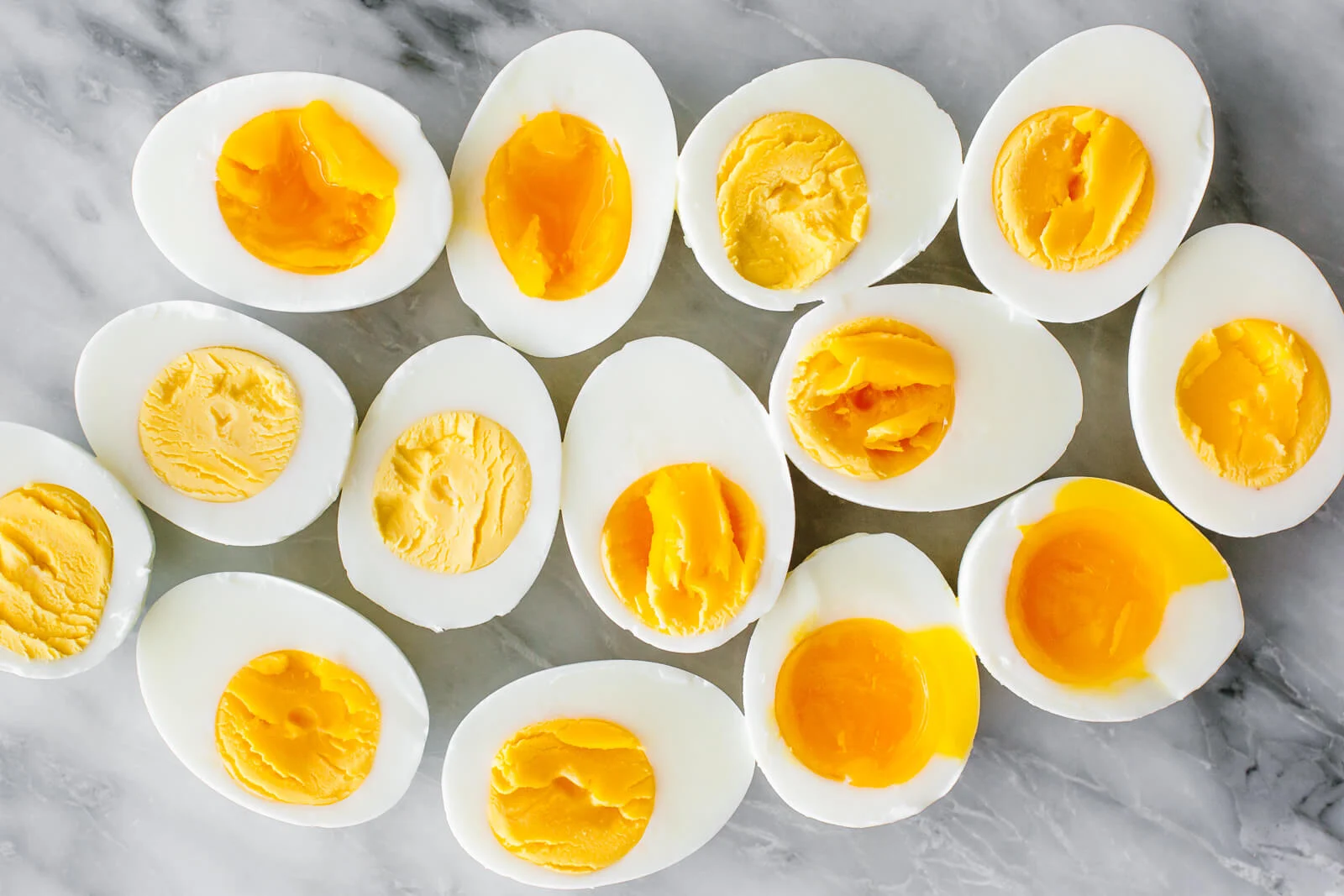
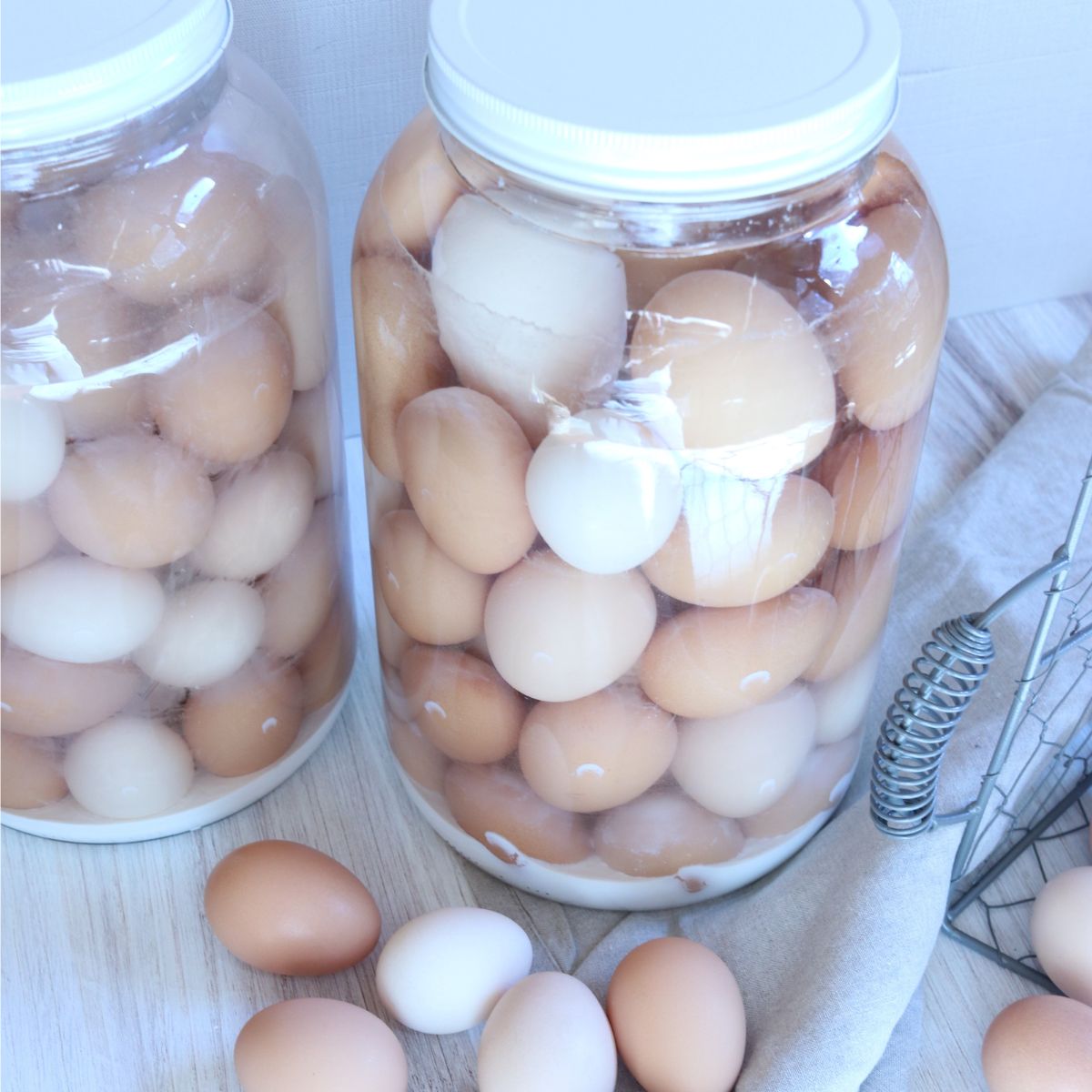
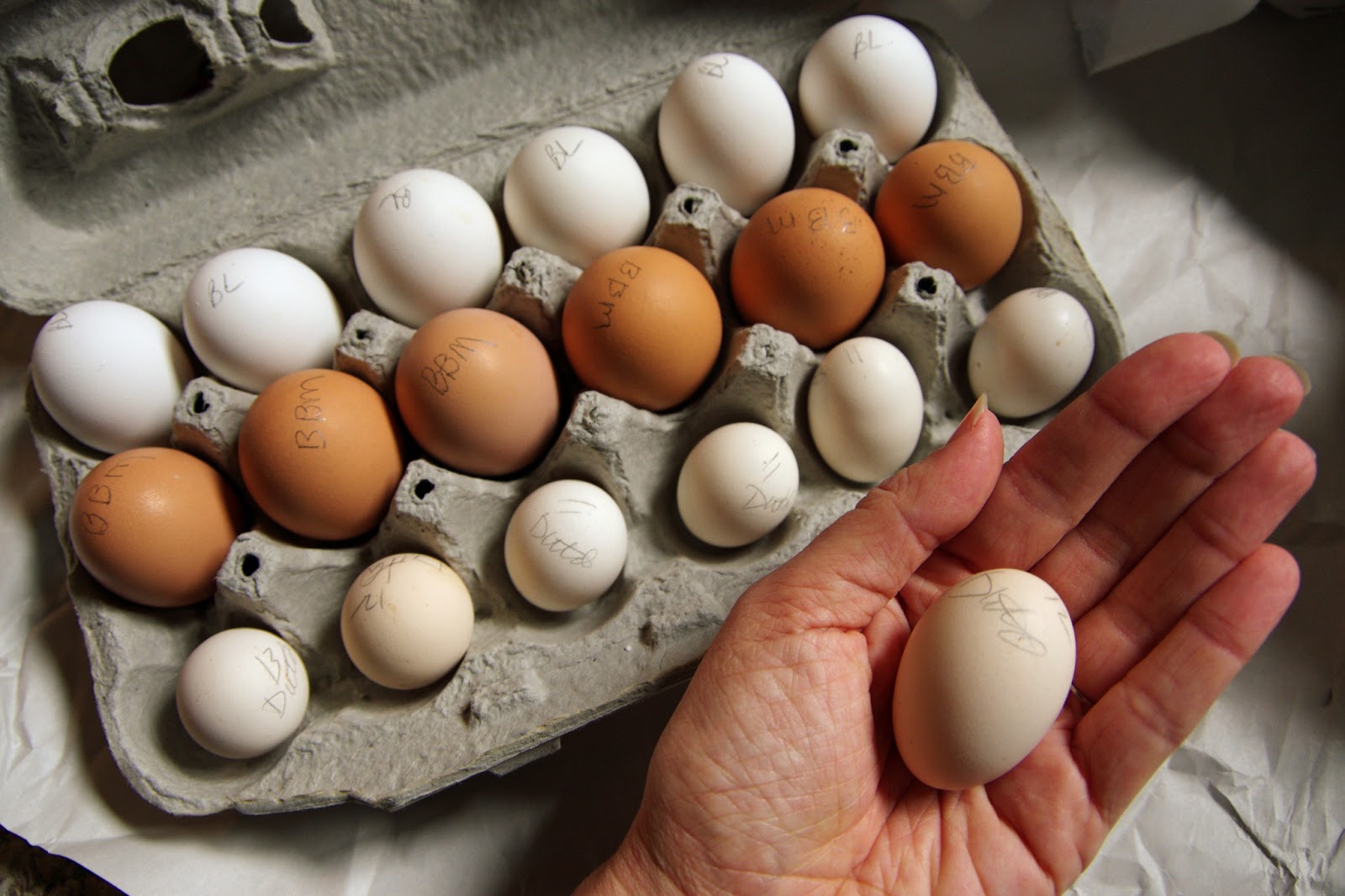

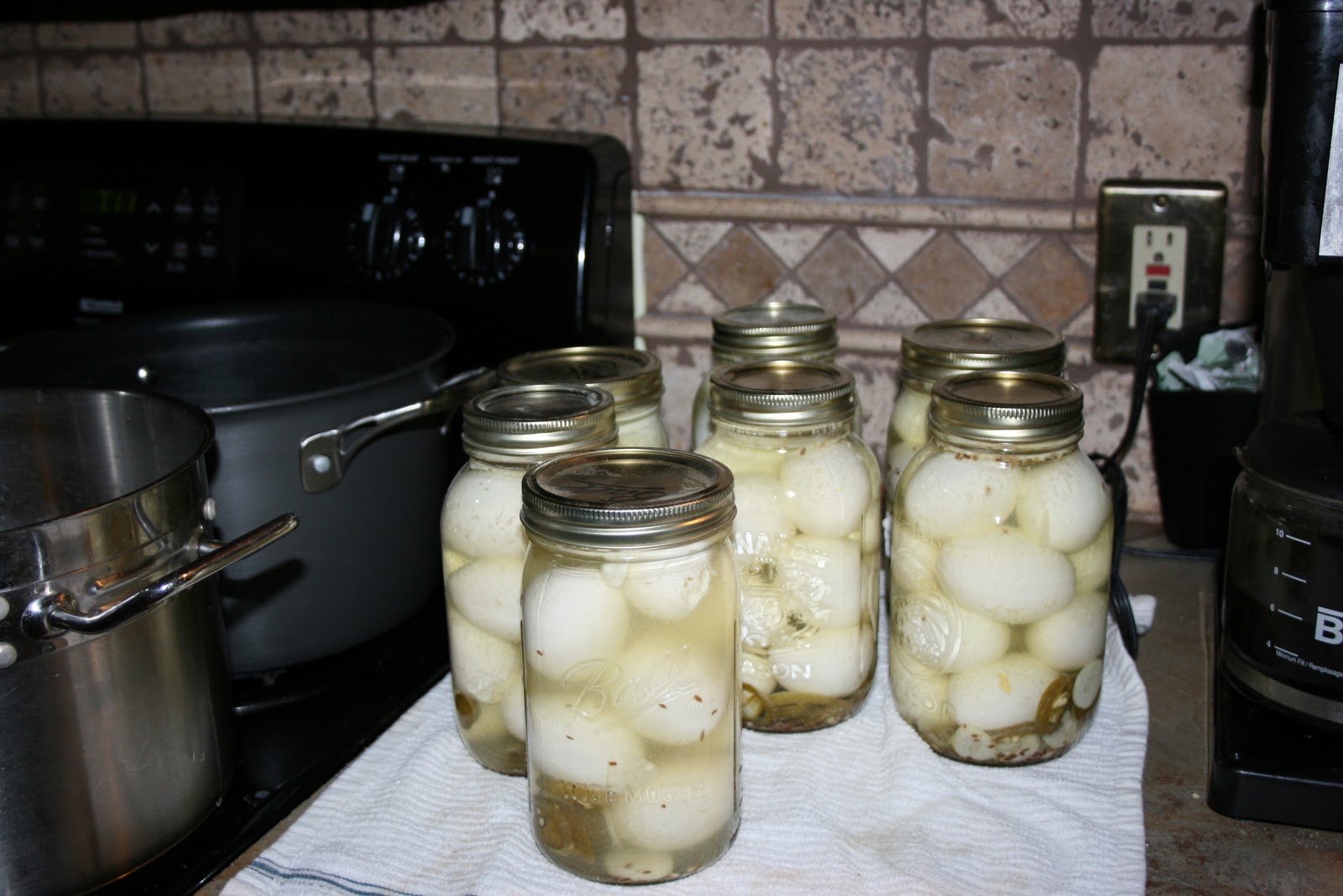

0 thoughts on “How To Store Fertile Eggs Before Incubation”